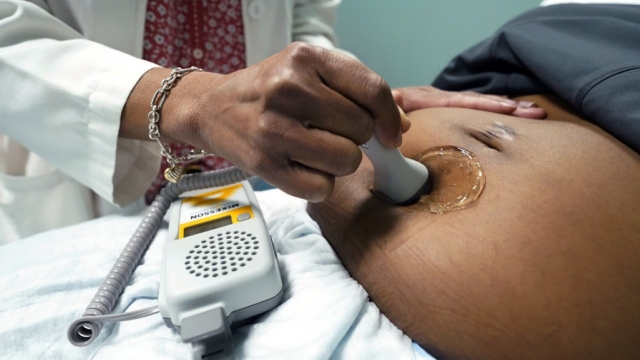A new CDC report shows the post-pandemic baby boom was more of a blip than an explosion. Data shows U.S. birthrates were flat from 2021 to 2022, but the report does reveal some new trends.
Numbers revealed that women seem to be waiting later in life to have kids. For the past 16 years, the fertility rate in the U.S. has declined. It's tracking below the replacement threshold, which is the number of births that a generation needs to replace itself.
This latest information from the CDC reveals that last year there were more than 3.7 million births. That is just about 3,000 fewer than in 2021, which CDC says is a non-significant decline, but there were some major trends that stuck out.
The birthrates for teens and young women hit record lows since peaking in 1991. Data found the rate for 15 to 19-year-olds decreased by about 3%. The CDC reports women aged 30 to 34 accounted for more than 1 million births last year — that's essentially the same number that was reported by that age group in 2021. But women ages 35 to 39 and 40 to 44 both saw increases from the previous year. That 35 to 44 age group, as a whole, is currently seeing the highest birthrate since the 1960s.
Also noteworthy, birth to Hispanic mothers rose 6% last year, while birth to white mothers fell 3% and birth to Black mothers fell one percent.
Looking at the data by state, 38 states and D.C. all experienced a drop last year. California, Michigan, Illinois, New York and Pennsylvania had the largest declines. States seeing an increase were mostly in the south, with Texas adding almost 16,000 births and Florida adding some 8,000. When you look at the years and generations between 1946 and 1964 — of course, the Baby Boomers — the U.S. added an average of 4.2 million babies each year. Just by those numbers, things are a lot different now.
SEE MORE: Why are fertility rates declining?
Dr. Monica Woll Rosen, an assistant professor of obstetrics and gynecology at Michigan Medicine where she specializes in adolescent gynecology, spoke to these changes.
Regarding teen birthrates hitting a record low — down 67% since 2007 — Dr. Rosen says we can attribute that to the increase in long-acting reversible contraception.
"The American Academy of Pediatrics came out with a statement a number of years ago, saying that long-acting reversible contraception should be used as first-line for contraception in this age group," she said. "And so there's certainly been an uptrend in this. And I think that that definitely is contributing to the decline in teen births."
As far as women having children later on in life, Rosen says more women being in the workforce has contributed to that change.
"Additionally, the increase in women utilizing services such as ovarian cryopreservation — or freezing their eggs," she said. "And having more and more companies actually paying for this or covering this for women has allowed women to delay childbearing in a way that we've never seen before. So, I think, culturally, it's more accepted to have children later in life and certainly that's what we're seeing in the trends."
When considering varying access to abortion across the country, Rosen says she believes there will be an impact on birthrates, particularly for teenagers who would normally choose to have abortions.
"In this age group in particular, I would not be surprised if we see a slight increase in the next year or two, depending on what states do regarding Roe v. Wade," she said.
Trending stories at Scrippsnews.com




